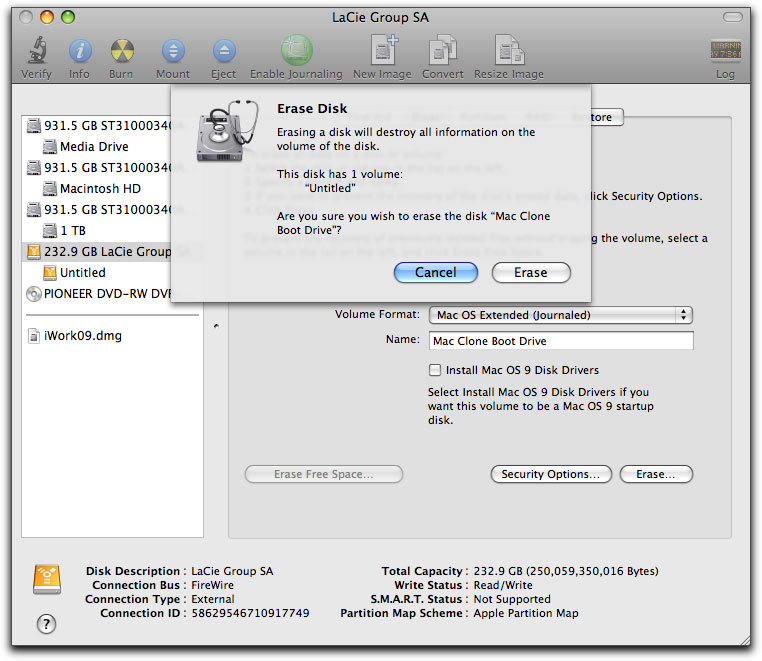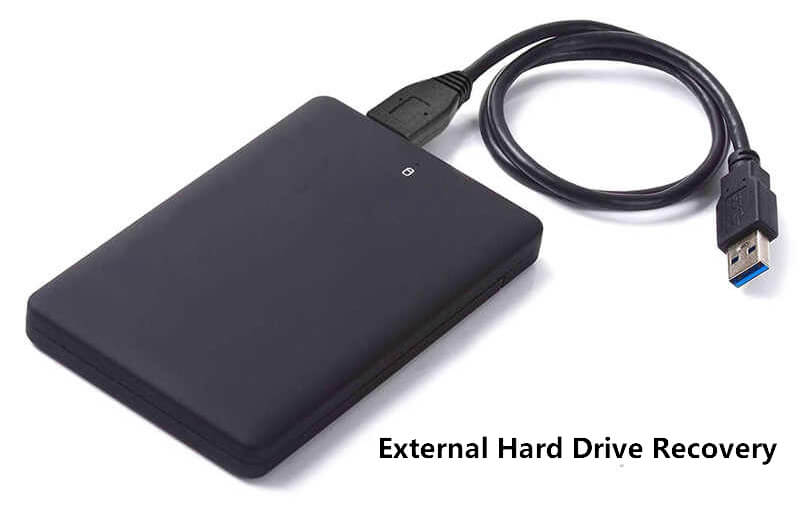

Just keep in mind you will need to safeguard your encryption key for either, and encryption can ding your performance slightly. APFS can be encrypted, and Mac OS Extended Journaled is the method you’ll want to use if you need to safeguard Mac OS Extended file systems. Though APFS may work just fine, using Mac OS Extended is essentially a guarantee against problems.Īnother thing to keep in mind is encryption. If you format a drive for use with older Macs – or are formatting a drive on an older Mac – Mac OS Extended should be your choice. Even if a Mac is running macOS High Sierra, if it has a hybrid or mechanical drive, the file system will be Mac OS Extended by default.

The Mac OS Extended file system is also known as HFS Plus or HFS+, and is the default file system of all Macs from 1998 through now on Macs with mechanical or hybrid drives. Mac OS Extended: Best for mechanical drives or drives used with older macOS versions If you’re formatting a drive for use with a Mac with an SSD – and plan to use the drive with that Mac only – it may be wise to format it to work with APFS file systems as well.


On new Macs, APFS is the default file system, as modern Macs all have SSD drives. APFS will still work on mechanical or hybrid drives, too. This move coincided with Mac moving to solid-state drives (SSD) on all hardware, as APFS is optimized for SSD storage solutions. What is APFSĪPFS is acronymous for “Apple File System,” first introduced with macOS High Sierra. There are three main file systems for the Mac environment, but your choice in which to use will depend on both the hardware you have available, and whether you intend to work with Windows machines at all. Before we get into things like ExFAT vs Mac OS extended, it’s important we define the file systems we’ll be discussing.


 0 kommentar(er)
0 kommentar(er)
